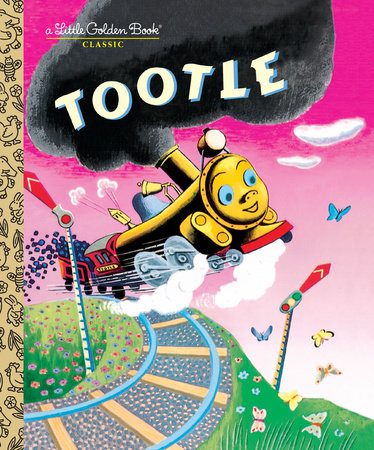I see this question a lot on social media sites and forums about writing. People ask, “I’ve written a children’s book. Now what?”
I love talking with people about writing for children, so I’m always tempted to answer. But the answer I want to give is not the answer people want to hear. They want to hear one or two of a few things:
- How to get it illustrated
- How to get an agent
- How to get it published
- How to start selling it
So while I know what answers they want to hear, I also know those are the wrong questions to ask. Look, I get it. I’m impulsive and impatient, too. When I do something difficult, or something that I really love, I want to hear a word that rhymes with “Gongratulations!” I don’t really want to go back and hear about how I could have done it better. Or where I went wrong. Or that it’s not quite done.
Since these people are asking on social media or websites, I have to be really careful how I answer. Because it’s hard to convey tone in a quick, written post. I can easily come off as rude or flip. And I don’t want to be rude. But I know my answer will sound rude, because the first answer I want to give is actually another question.
My answer is “How many children’s books, like the one you’ve written, have you read recently?”
And the second answer is, “Have you read children’s books, like the one you’ve written, that have been published in the last two-three years, or even stretched to five years?”
If the answers to those questions are “zero” or “none” or “I don’t read children’s books” then the red flags start popping up all over the place.
The phrase “red flags” reminds me of a children’s book my kids loved but I don’t think would get published today. Have you ever read the book Tootle? It was a Little Golden Book. I’m not sure this book would get published today.
Tootle was at train who didn’t want to stay on the tracks, he wanted to frolic in the grass.

This book is actually a perfect analogy for people who don’t read children’s books, or who have read a few and say, “Well, my book is totally different from what’s out there.”
I get it – we want to forge our own way.
But folks, publishing is an industry. A business. There are rules that publishers and bookstores follow to sell their products. They know what people want and products are created to meet those needs. That’s why we don’t see t-shirts with three sleeves.
Sure, that kind of shirt is totally different from what’s out there.
But no one is going to buy it because it won’t fit.
What we do see is t-shirts all kinds of styles with all kinds of unique features and designs that appeal to all kinds of personalities. But they are still all similar in certain important ways. The essence is still there.
You need to KNOW those ways. These are the rules of the game. You need to KNOW the basic features of children’s books that are common across all books. Then you can go wild and free and create your unique version while understanding the essence of the product.
Here’s your homework:
- If you’re going to write a picture book, go read 100 picture books from the past 2-3 years.
- If you want to write a chapter book – don’t. Too hard. Will discuss in later post.
- If you want to write a novel, read a minimum of 25 novels directed at your age group. Yes, there are different age groups. Do you know them? No? OK, will discuss in later post.
- If you want to write nonfiction, read between at least 25 nonfiction books that are produced for your age group. Yep, there are different age groups for nonfiction, too.
Once you’ve done your homework, then take a look at your manuscript again. Does it have that essence of the children’s books you’ve read? Really? OK, how can you revise to fill it with the essence while keeping it true to you?
Sure, that’s hard. But I know you can do it.
Ready for the next step? Read Part 2 of “I’ve Written a Children’s Book. Now What?”
